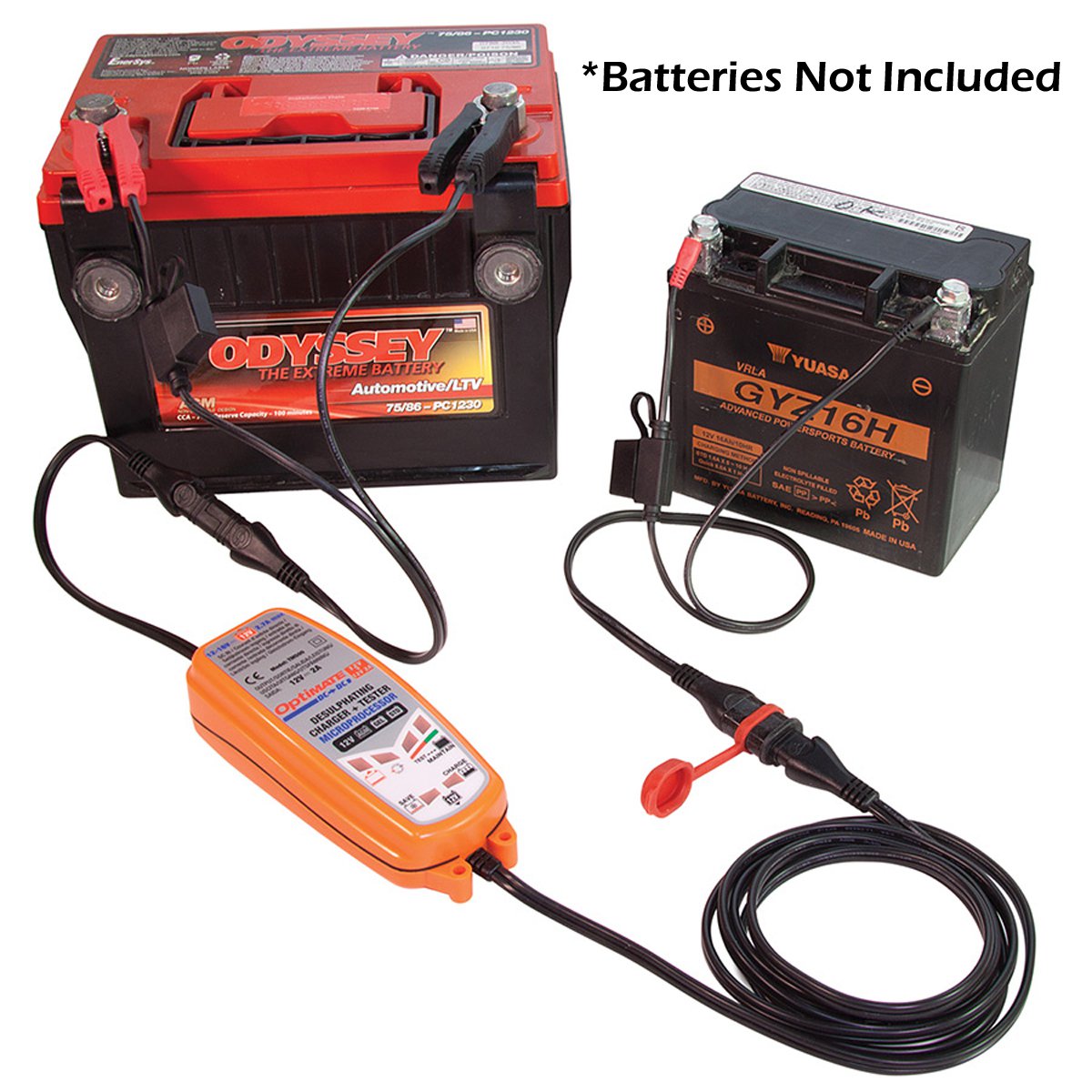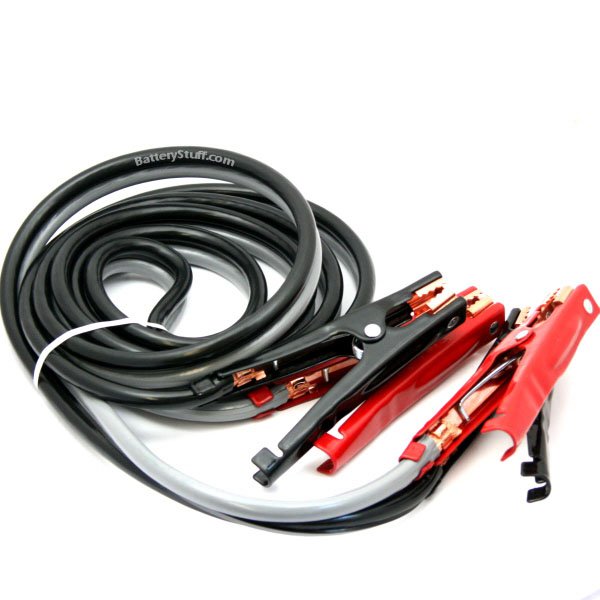How to Charge a Car Battery without a Charger?
Many of our customers are looking for a way to maintain a car’s battery that isn’t driven that often and is not near any power outlets. Ideally, we would recommend using a plug-in maintainer , but what do you do if you don’t have an outlet where you park the car?
Three options to charge a car battery without a charger:
Using a Solar panel to charge a car battery
A solar panel is an excellent option for maintaining a car battery when AC power isn’t readily available. A small solar panel can trickle charge the car battery, which feeds it with the necessary amperage to maintain it.
So, how do you select the right solar panel? While small 1-3 watt panels may work, the scientific approach is to test the battery’s parasitic draw. Ideally, you want a solar panel that outputs more than double the daily draw so the solar panel can recover for a bad weather day.
While this scientific approach is the best way to determine the solar panel size, we realize that only some have the expertise to test their battery. In efforts to help our customers, we have some general recommendations but be advised that these recommendations will not necessarily fit all circumstances.
12v 12-watt solar panel
Most newer vehicles generally have a parasitic draw of about 50 mA to 85 mA. This equates to a daily parasitic draw of approximately 1.2 to 2.04 amps. Ideally, we recommend a solar panel such as the PulseTech 12v 12-Watt Solar Panel Kit or the Samlex Solar 12v 10-Watt SunCharger Battery Maintainer. These solar panels output about 3 to 4.5 amps daily, depending on the season.
12v 7-watt solar panels
If you have an older vehicle that does not have the latest technology, then your typical parasitic draw is likely less than 50 mA which equates to less than 1.2 amps daily. Ideally, we recommend a solar panel like the PulseTech 12v 7-Watt Solar Panel Kit or the Samlex Solar 12v 5-Watt SunCharger Battery Maintainer. These solar panels output about 1.5 to 2.7 amps daily, depending on the season.
Getting the most out of solar panels when charging your car battery
Keep in mind that a solar panel is most effective when put outside a car’s windshield. If you are worried about the solar panel being stolen, you can put it behind the windshield, but it will lose about 50% of its effectiveness as windshields are UV coated. This means you may need to double the size of your solar panel to get the necessary output.
If the solar panel becomes too large for your dash, we have several framed solar panels that can be mounted to a pole or building. Many of our customers will use these solar panels with a solar charge controller. They then adapt Battery Tender extension cables and ring quick disconnects to connect and disconnect their battery from the solar panel.
Using a DC to DC charger to charge a car battery
We know that in some cases, cars are not parked in locations with good solar exposure, so we have DC-to-DC chargers that may work in those situations. While a DC-to-DC charger can be an option, it is essential to note that it will require you to carry a battery that is typically 1.5x the size of the battery you intend to charge.
You will need to charge and maintain this spare battery between uses and be aware that a DC-to-DC charger will only last a short while and is not meant for long-term maintenance needs. For this reason, we only recommend these types of chargers for those that may have a car in a storage unit or parking garage where solar is not an option and they want to maintain the battery periodically.
A DC-toDC charger pulls energy from the source battery to power an internal DC charger. The charger then raises the voltage to an acceptable charging range and smartly charges the battery.
With any energy conversion, there is loss, which is why you need a battery 1.5x larger than the battery you are charging. You can use a smaller battery if you charge the battery more often and the battery is partially discharged. However, using a larger battery does help prevent the source battery from becoming excessively discharged and damaged.
We recommend the OptiMATE 12v 2-Amp DC to DC charger for Lead-acid and Lithium Batteries. This charger is ideal for most vehicle batteries as they fall between the manufacturer’s suggested capacity range of 6 AH to 96 AH.
Jump the car and use the car’s charging system
It is possible for you to use a set of jumper cables or one of those newer lithium jump starters to get the vehicle started. Once the vehicle is started, the alternator will begin to charge the battery. Remember that a vehicle charging system is a battery charger and a power supply to power the vehicle’s electronics.
This means some of the amperage going through the battery is also consumed by the car’s electrical system. While this type of charging will work, it is our least favorite option. An alternator is not a smart charger and will not advise when the battery is fully charged, nor will it tell you if the battery even took a charge.
Conclusion
There are many ways you can successfully charge a car battery without a charger. We hope this article helps you discover a few ways that might work for you! If you find neither option works in your circumstance, we are always here to help. Contact our tech support via our Contact Us page, and we will be happy to assist you further!






